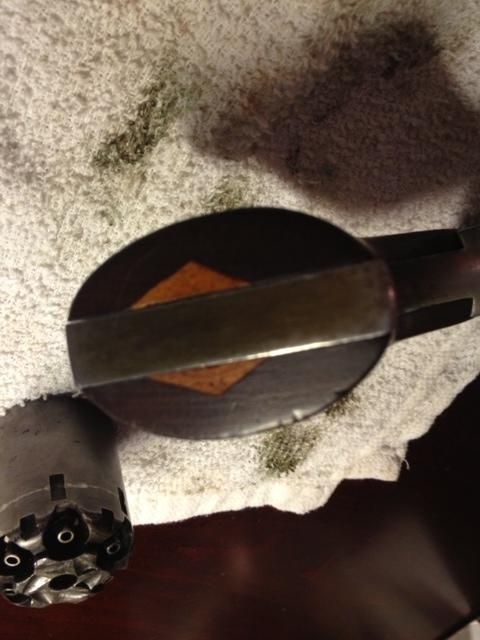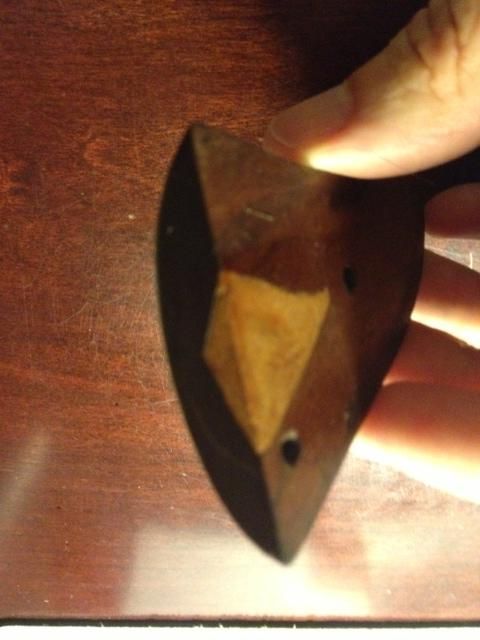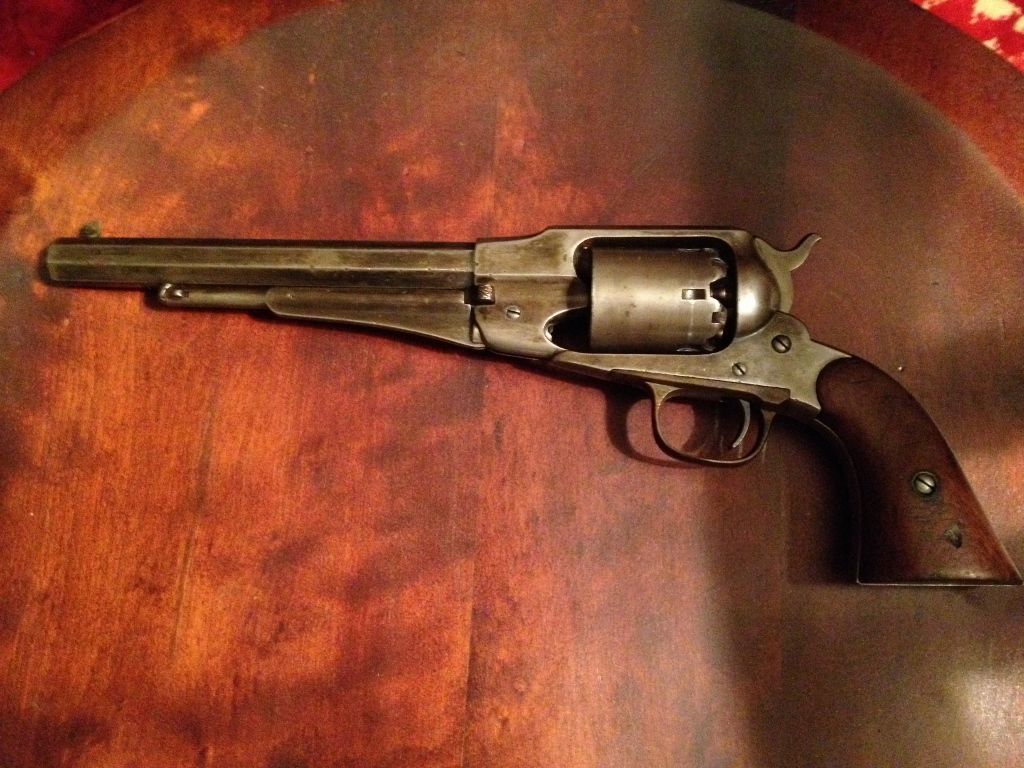Model12Win
Moderator
Most soldiers did not use revolvers. Some of the officers did.
They were mainly cavalry guns.
They were mainly cavalry guns.
Wouldn't the revolvers be a might pricey for the average soldier? Seems like most would stick with issued arms, plus battlefield salvage?
Didn't they literally do that, with lanyards and such?I'm betting they hung on to them if possible.
Didn't they literally do that, with lanyards and such?
No. When's the last time you saw a 60 Colt with a lanyard ring?



The problem with spare cylinders was the fact that the bear grease or whatever they were using would melt in the heat and result in all chambers going off
